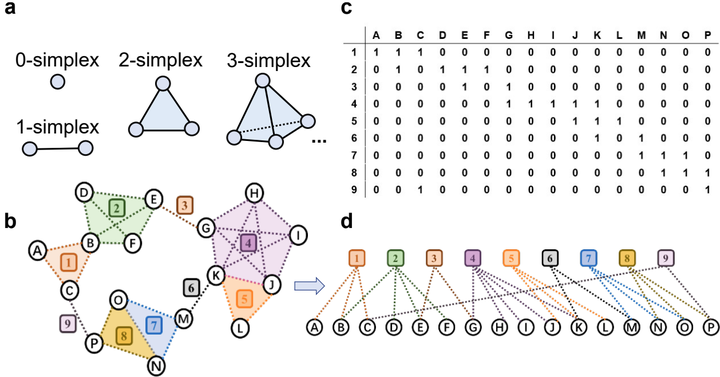 HoRW
HoRWAbstract
Empirical networks possess considerable heterogeneity of node connections, resulting in a small portion of nodes playing crucial roles in network structure and function. Yet, how to characterize nodes’ influence and identify vital nodes is by far still unclear in the study of networks with higher-order interactions. In this paper, we introduce a multi-order graph obtained by incorporating the higher-order bipartite graph and the classical pairwise graph, and propose a Higher-order Augmented Random Walk (HoRW) model through random walking on it. This representation preserves as much information about the higher-interacting network as possible. The results indicate that the proposed method effectively addresses the localization problem of certain classical centralities. In contrast to random walks along pairwise interactions only, performing more walks along higher-order interactions assists in not only identifying the most important nodes but also distinguishing nodes that ranked in the middle and bottom. Our method outperforms classical centralities in identifying vital nodes and can scale to various tasks in networks, including information spread maximization and network dismantling problems. The proposed higher-order representation and the random walk model provide novel insights and potent tools for studying higher-order mechanisms and functionality.
Supplementary notes can be added here, including code and math.